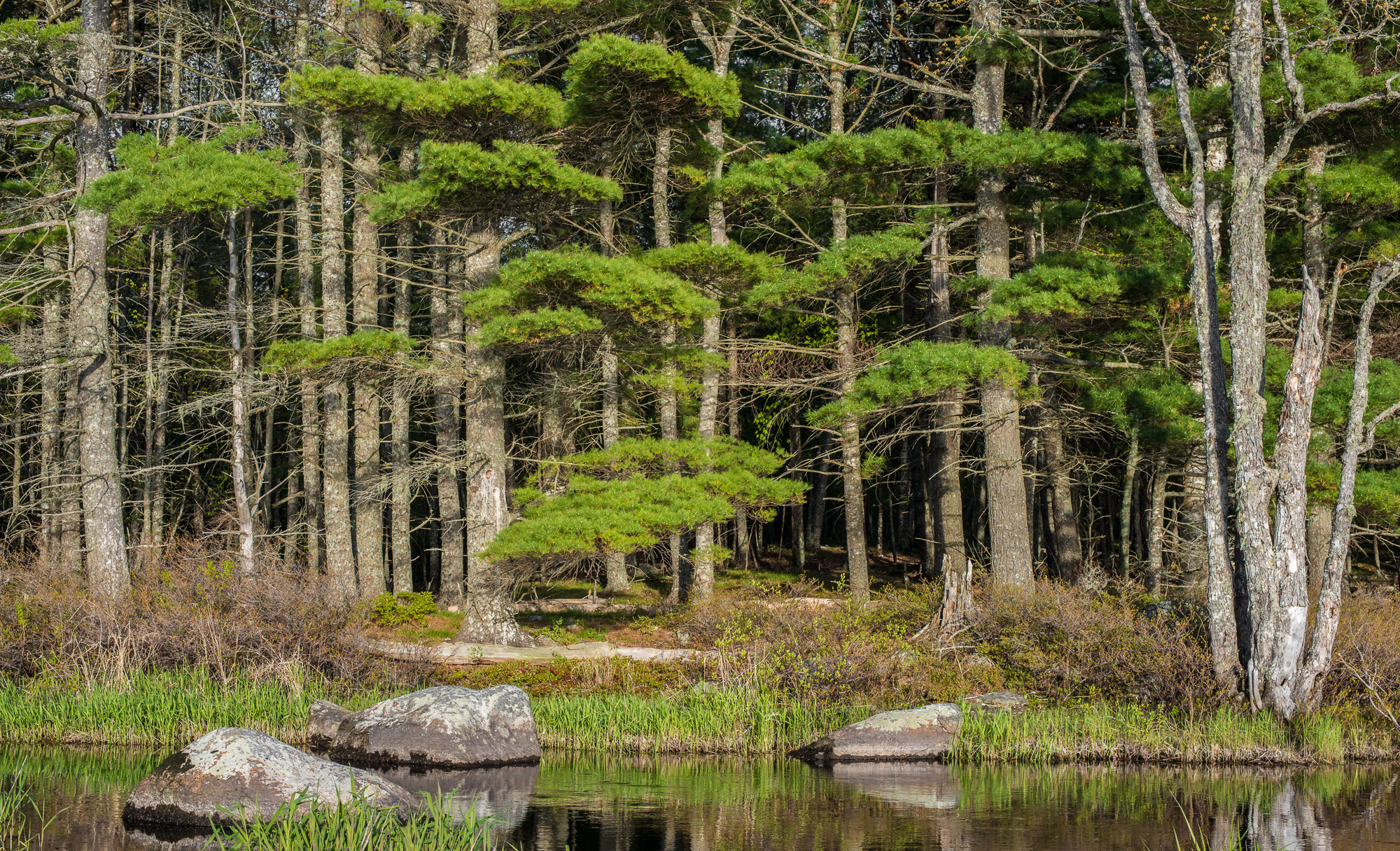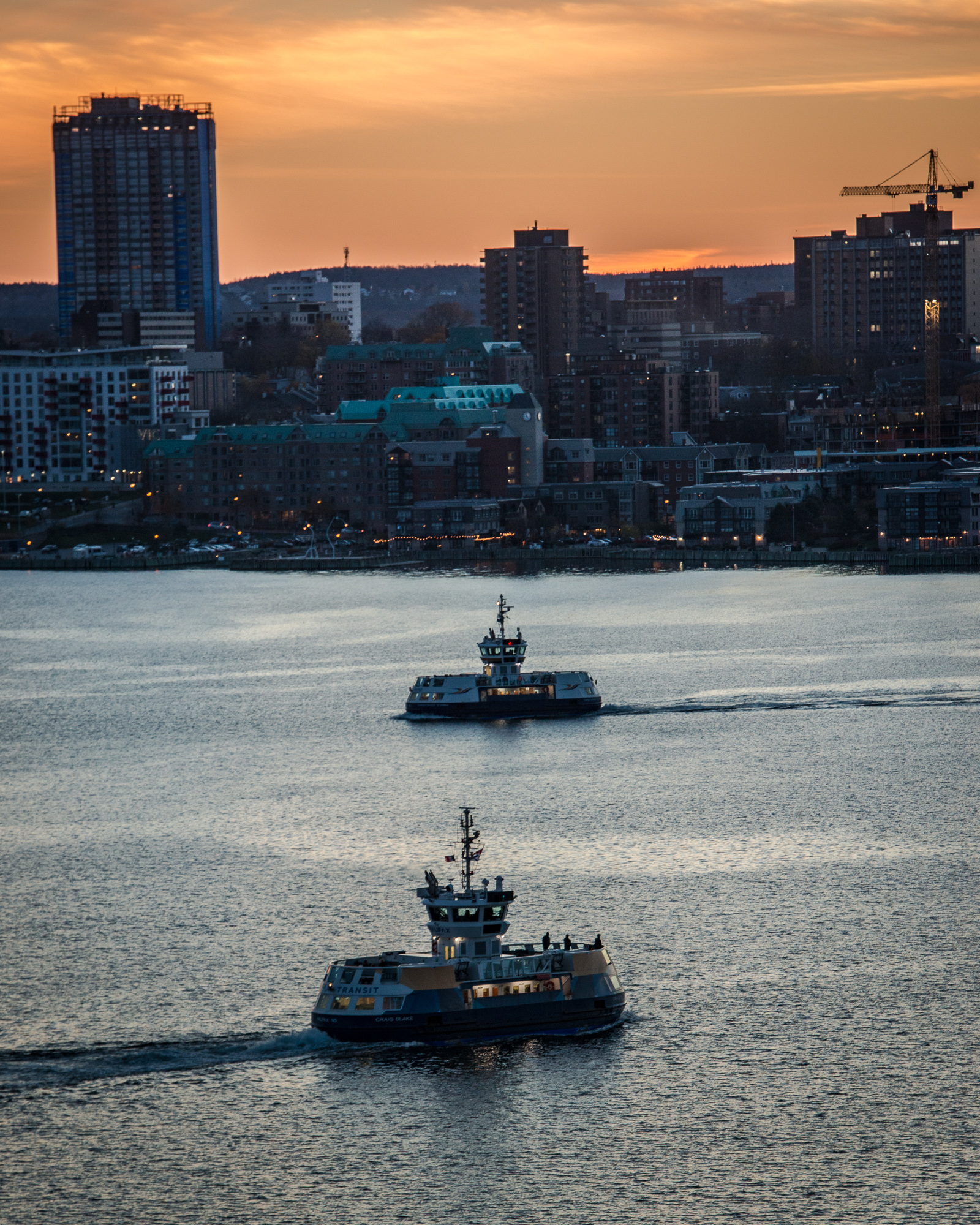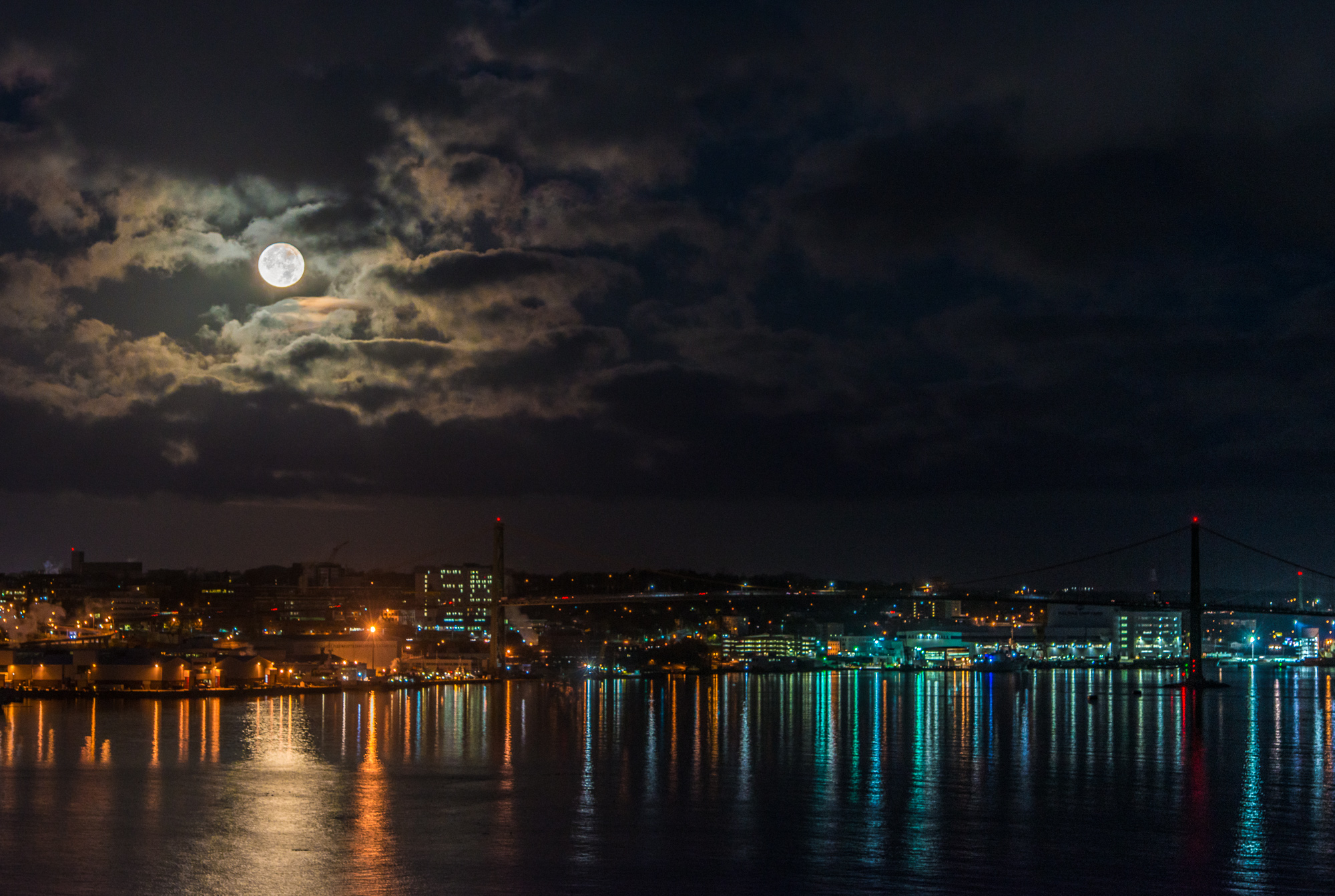I have been exploring Kejimkujik National Park since I was a kid. It is a place that has calm meandering streams, fast flowing waterfalls, snapping turtles, whitetail dear and a lakeside sunset view over Kejimkujik Lake that is simply amazing to see and photograph.
Mill Falls, Kejimkujik National Park
Recently, I was organizing my Kejimkujik National Park photos for an upcoming project and I thought I would share some of my favourite photos from my collection.







Every time I photographing in this area, I am always struck by the sheer beauty of the light and how it seems to cascade through the trees and over the water. If you don't believe me about the light, I suggest hiking the Mersry River trail in the morning and you will see the effect of the light in the trees. http://www.pc.gc.ca/eng/pn-np/ns/kejimkujik/activ/activ5.aspx
Mersey River hiking trail, morning sunrise
There are numerous places to photograph; hiking trail, paths for biking and waterways to paddle. Check out the Kejimkujik National Park and the Friends of Keji Cooperating Association websites for all the possible activities.
Biking and hiking trails
If you are looking for more detail about the park and the Backcountry camping and paddling, Paul Illsley has a amazing site full of detailed topo maps & photos of the park. http://www.paulillsley.com/kejimkujik/
Mersey River panoramic image.
Another spectacular feature of the park is of course the water. This park has so many lakes, ponds and rivers. All have different moods of light at particular times of day and season.



This region is also rich with Mi’kmaw history and of course many opportunities for camping and enjoying the natural world around you.
My hope for this blog post is simple, maybe one of these images will spark an interest for you to go and experience the park for the first-time or encourage you to revisit a past campsite in the new year.
If you have any questions about places to photograph in the park please free feel to drop me a email or leave a comment.
Cheers and keep taking photos :)
Mike




























